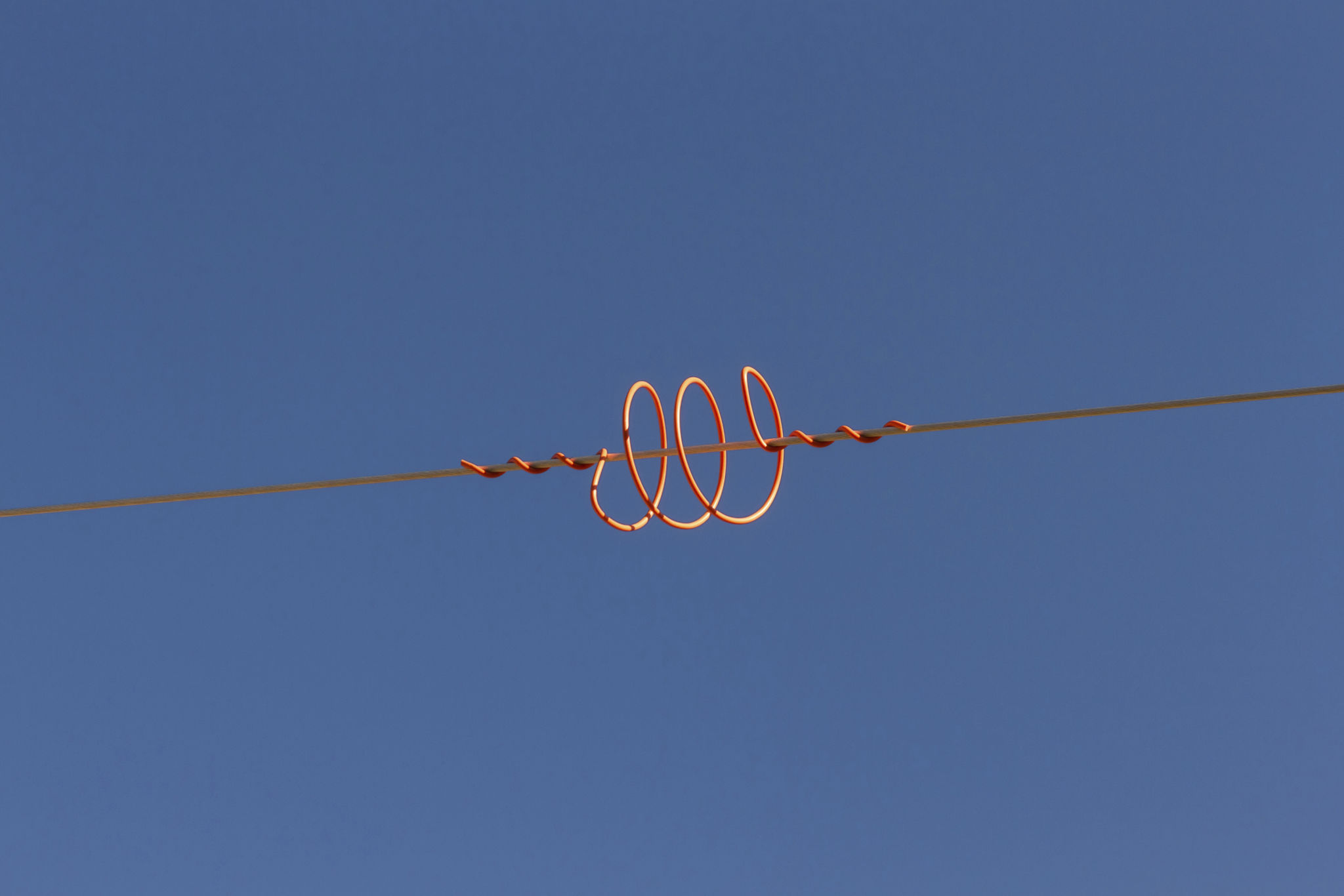Understanding the Environmental Impact of Power Lines and How Diverters Help
The Environmental Impact of Power Lines
Power lines are a crucial component of modern infrastructure, delivering electricity from power plants to homes and businesses. However, their presence can have significant environmental impacts. One of the primary concerns is their effect on bird populations. Birds often collide with power lines, especially in areas where visibility is reduced due to weather conditions or dense foliage.
Additionally, power lines can disrupt natural habitats. The construction and maintenance of these lines often require clearing large swaths of land, which can lead to habitat fragmentation. This fragmentation can affect local wildlife, making it harder for species to find food, mates, and shelter.

Bird Collisions with Power Lines
Bird collisions with power lines are a widespread issue, affecting various species, particularly those that fly at night or during migration periods. These collisions not only result in fatalities but can also lead to injuries that impede a bird's ability to survive in the wild.
Factors contributing to bird collisions include the height and location of power lines, as well as the behavior patterns of specific bird species. In areas with high bird traffic, the risk of collisions is significantly increased.

How Diverters Help Mitigate Environmental Impact
Diverters are an effective solution for reducing bird collisions with power lines. These devices work by increasing the visibility of power lines, making it easier for birds to detect and avoid them. Diverters come in various forms, such as reflective discs or spirals, which are attached to the lines.
The use of diverters has been shown to reduce bird collisions by as much as 90% in some areas. By implementing these devices, utility companies can significantly decrease the environmental impact of their infrastructure while also protecting local wildlife.

Types of Diverters
There are several types of diverters available, each designed to cater to different environments and species:
- Reflective Diverters: These use light reflection to make power lines more visible to birds.
- Spiral Diverters: These are coiled devices that create movement in the wind, alerting birds to the presence of wires.
- Flapper Diverters: Designed to move freely and create visual signals that birds can see from a distance.
The Role of Technology and Innovation
Advancements in technology have paved the way for innovative solutions in minimizing the environmental impact of power lines. Researchers are continually developing new materials and designs for diverters that enhance their effectiveness and durability.
Moreover, the integration of smart grid technologies enables better monitoring and management of power line systems, helping to identify areas where bird collisions are most frequent and deploying targeted interventions accordingly.

The Importance of Community and Policy Support
While technological solutions like diverters play a crucial role, community engagement and policy support are equally important in mitigating the environmental impact of power lines. Educating the public about the importance of protecting wildlife and ecosystems can foster greater support for implementing such measures.
Policymakers can also contribute by enacting regulations that require the use of diverters in areas with high bird populations or by providing incentives for utility companies to adopt environmentally friendly practices.
Conclusion
Understanding the environmental impact of power lines is essential for developing effective strategies to protect wildlife. Diverters offer a promising solution to reduce bird collisions, but their success depends on widespread implementation and support from both communities and policymakers.
By working together, we can ensure that our essential infrastructure coexists harmoniously with the natural world, preserving biodiversity for future generations.
